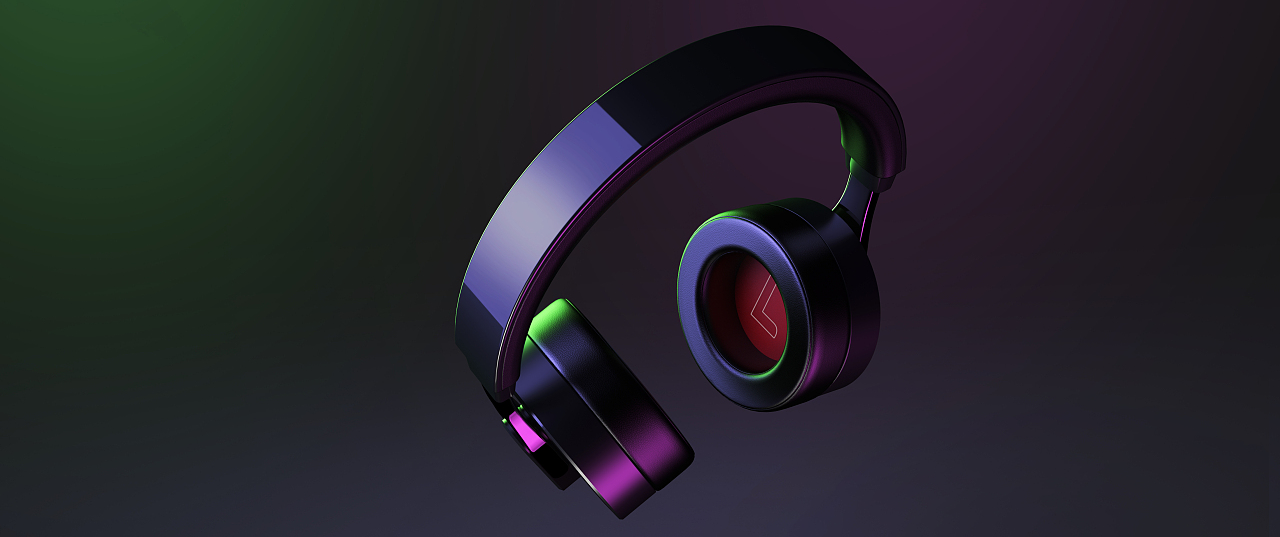
Bluetooth audio technology has come a long way since it was first introduced in the late 1990s. It has revolutionized the way we listen to music, providing a wireless and convenient way to stream audio from our devices. In this article, we will provide a comprehensive guide to Bluetooth audio technology and its evolving landscape.
What is Bluetooth Audio Technology?
Bluetooth audio technology refers to the wireless transmission of audio signals over Bluetooth-enabled devices. It allows users to play audio from one device, such as a smartphone or tablet, and stream it wirelessly to another device, such as wireless headphones or a speaker.
Evolution of Bluetooth Audio Technology:
The history of Bluetooth audio technology spans more than two decades, with significant advancements being made in recent years. Here are some of the notable stages in the evolution of Bluetooth audio technology:
- Bluetooth 1.0:
Bluetooth 1.0 was released in 1999 and provided basic wireless connectivity for devices like phones and computers. However, it did not support audio streaming. - Bluetooth 2.0:
Bluetooth 2.0, released in 2004, introduced the Advanced Audio Distribution Profile (A2DP), which enabled the streaming of high-quality stereo audio. - Bluetooth 3.0:
Bluetooth 3.0, released in 2009, introduced the High-Speed Data Transfer (HS) profile, which allowed for faster data transfer rates. - Bluetooth 4.0:
Bluetooth 4.0, released in 2010, introduced the Low-Energy (LE) feature, which provided an efficient way to transmit data over wireless connections while conserving battery life. This technology enabled the rise of small wireless earbuds, headphones and other wearable audio devices. - Bluetooth 5.0:
Bluetooth 5.0, released in 2016, provided significant improvements over previous versions, including increased transfer speeds, range, and reliability. - Bluetooth 5.2:
Bluetooth 5.2, released in 2020, introduced new features like LE Audio, which enables new use cases for Bluetooth audio, improved audio quality with the new LC3 codec, and new capabilities for location-based services.
Current Landscape of Bluetooth Audio Technology:
The current landscape of Bluetooth audio technology is rapidly evolving, with new innovations emerging regularly. Some of the notable trends in the current Bluetooth audio technology landscape include:
- Increased Adoption of True Wireless Earbuds:
True wireless earbuds have become increasingly popular, with many manufacturers introducing new models in recent years. These earbuds use Bluetooth technology to provide a completely wireless listening experience. - Focus on Sound Quality:
Manufacturers are focusing on improving sound quality in Bluetooth audio devices. This has led to the introduction of new codecs like LDAC, AAC, and the recently introduced LC3 codec. - Smart Features:
Manufacturers are adding smart features to Bluetooth audio devices, such as voice assistants, touch controls, and even health monitoring features. - Cross-Platform Support:
Bluetooth audio technology can be used across multiple platforms, including smartphones, laptops, and smart speakers, making it more convenient for users.
Conclusion:
Bluetooth audio technology has come a long way since its inception, with significant advancements being made in recent years. The current landscape of Bluetooth audio technology is characterized by increased adoption of true wireless earbuds, a focus on sound quality, smart features, and cross-platform support. With these advancements, Bluetooth audio technology is set to revolutionize the way we listen to music and interact with our devices.
As a professional manufacturer of low power Bluetooth module, Tecksay has independently developed and produced a number of BLE Bluetooth modules that have been applied to many industries. With more than ten years of industry experience, Tecksay can customize BLE embedded solutions for customers from design, project management, function customization, system development and other aspects.


